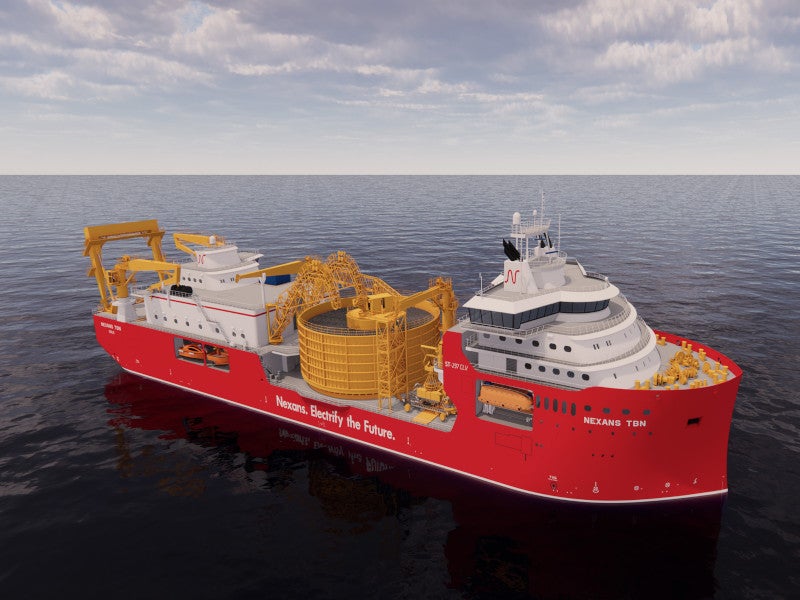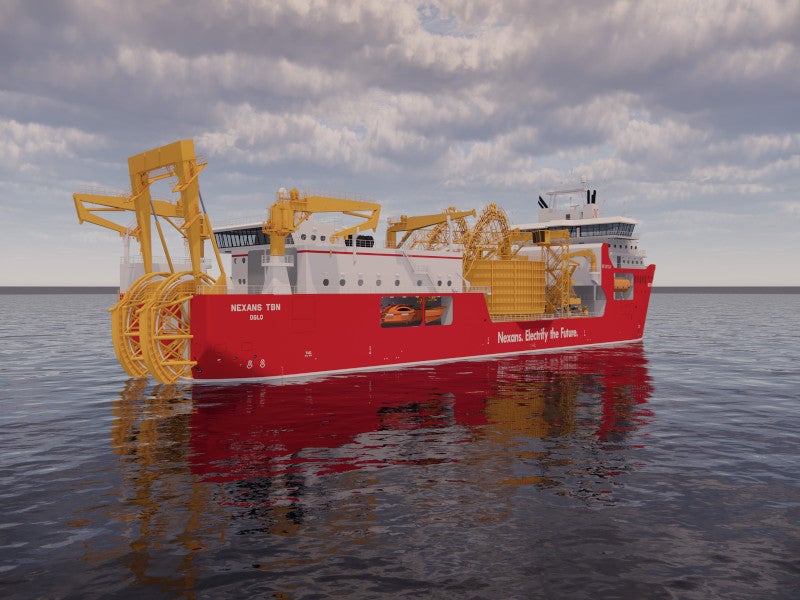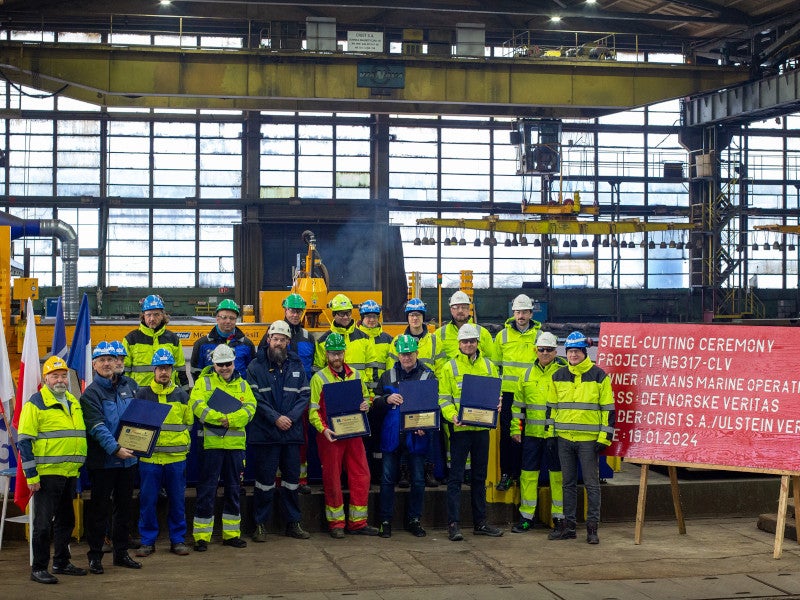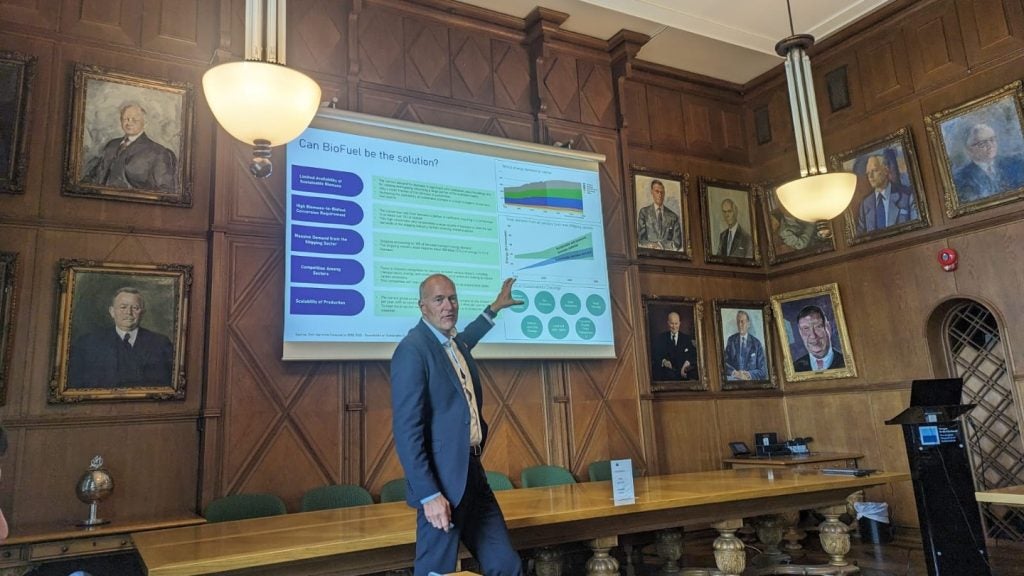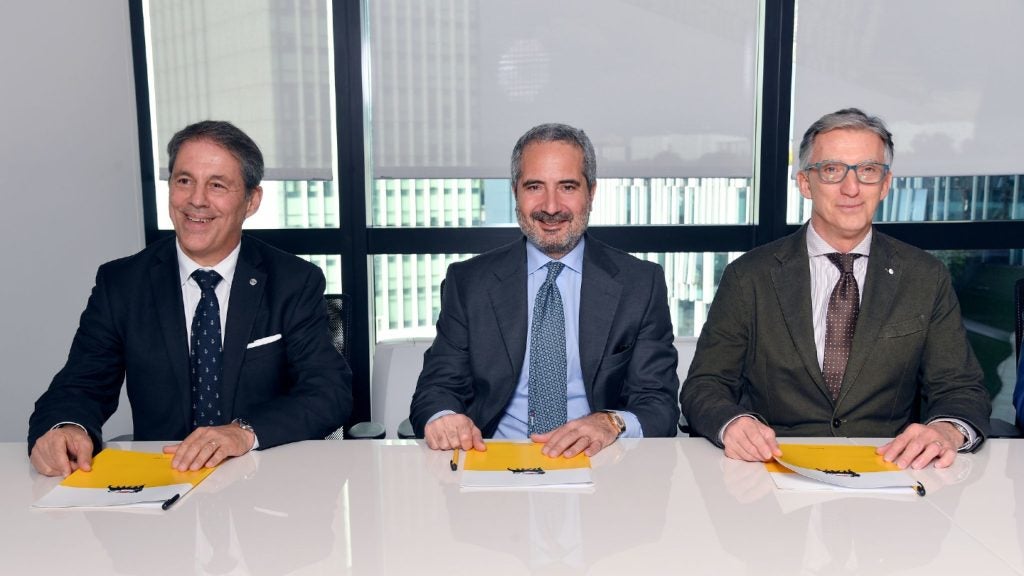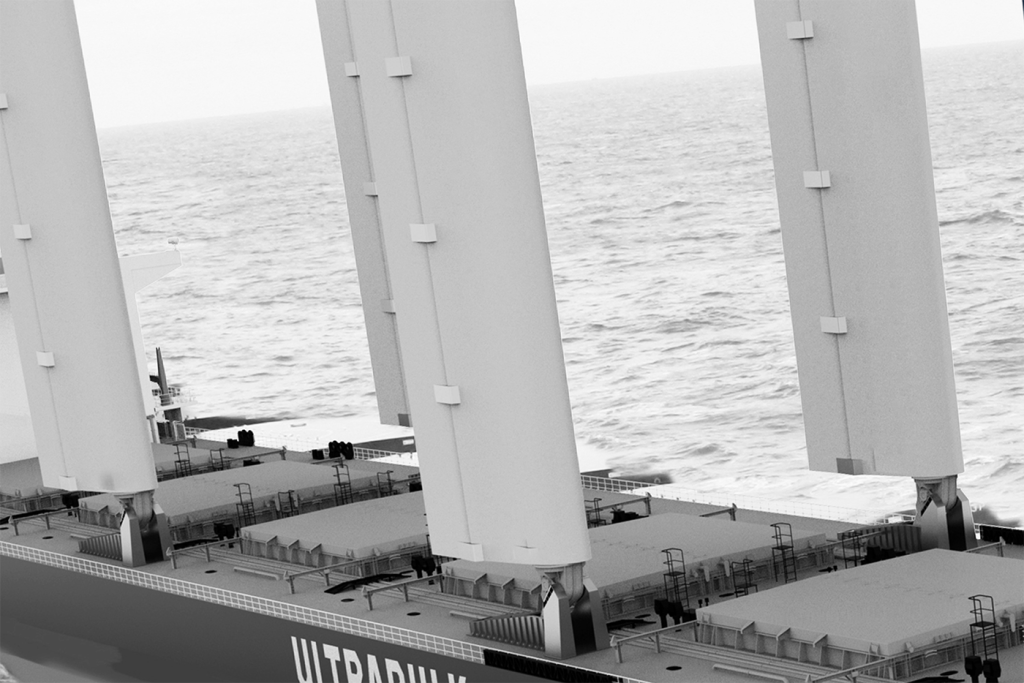The Nexans Electra cable laying vessel (CLV) is currently under construction for Nexans, a provider of cable and connectivity solutions for the offshore industry.
The vessel will be owned and operated by Nexans Marine Operations for offshore wind farms, interconnections and subsea cable installations. Nexans Electra is based on the ST-297 CLV model by Skipsteknisk, an independent Norwegian company specialising in naval architecture and marine engineering.
Nexans Electra is the sister vessel of Nexans Aurora, and the second vessel ordered by Nexans at Ulstein Verft. The second vessel represents an evolution of its predecessor, embodying the concept of electrifying the future.
A significant milestone was reached in September 2023 when Nexans Marine Operations entered a contract with Ulstein Verft for the construction of Nexans Electra.
The commencement of construction followed in January 2024, marked by the steel-cutting ceremony at Ulstein Verft’s yard number 317 in Norway.
The keel laying ceremony for Nexans Electra subsequently took place in April 2024. The new vessel is expected to be delivered in 2026.
Design and features
The CLV Nexans Electra will measure 149.9m long with a moulded breadth of 31m and a deadweight of 17,000t. The depth to the main deck stands at 12.80m, and it will comfortably accommodate a crew of up to 90.
Nexans Electra will be capable of bundle-laying up to four cables simultaneously. It will be a cutting-edge cable laying vessel featuring a split turntable on deck and will be capable of holding up to 10,000t of cable and a 450t fibre optic basket.
The newbuild vessel will be a DP3 (dynamic positioning) cable layer vessel, equipped with exceptional manoeuvrability and station-keeping capabilities, enabling it to navigate through severe weather conditions. It will have a weight holding capacity of 14,000t, facilitated by three carousels with capacities of 5,000t, 5,000t and 3,500t respectively.
The vessel will feature three turntables with a combined loading capacity of 13,500t and will be equipped with an array of subsea tooling, including jetting and burial tools. It will also be equipped with an under-deck turntable with a 3,500t cable capacity and a fibre optic basket holding 450t.
The hull construction is underway in Crist, Poland, while subsequent engineering, outfitting, system integration, equipment preparations, testing, sea trials and finalisation will take place at Ulstein Verft in Norway.
Engine and propulsion details
The vessel’s closed-ring configuration will ensure high fault tolerance and optimal engine usage during dynamic-positioning DP operations. Nexans Electra will feature an advanced hybrid power system and the capability to run on a biodiesel fuel mix, thereby significantly reducing its environmental footprint.
Brunvoll, renowned for its propulsion and manoeuvring systems, will deliver three azimuth propulsion units, two tunnel thrusters and a retractable azimuth thruster.
The propulsion and thruster units will be integrated into Brunvoll’s proprietary propulsion and thruster control system, BruCon Propulsion & Thruster Control. The systems are expected to be delivered in the second quarter of 2024.
Onboard systems
An onboard energy storage system (ESS) will minimise engine running hours, thereby reducing wear and tear. It will also provide spinning reserve and peak-shaving capabilities. The system will act as a backup power source in the event of engine failure and will support the vessel’s more energy-intensive operations.
ABB, a global leader in electrification and automation technology, is providing key system components such as the generator, switchboards, transformers, frequency converters, motors, a DC switchboard for batteries and the ESS.
Additionally, ABB will supply the remote diagnostic system (RDS) for propulsion, thruster inverters and rectifiers, and a cyber security configuration for the RDS.

